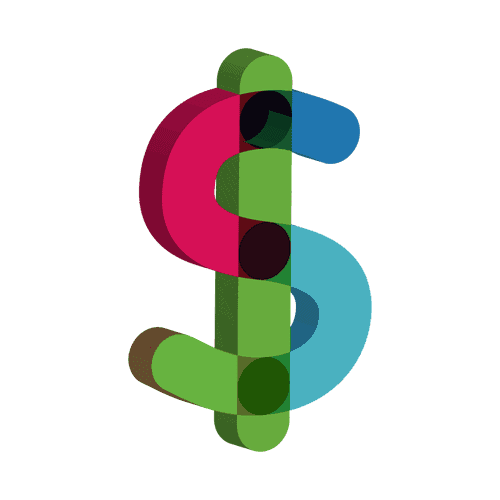FPL Calculator (Federal Poverty Level) – 2025
The 2025 FPL (federal poverty level) for a single person residing in the 48 contiguous states or Washington, D.C. is $15,650. In Alaska, the federal poverty level for a single person is $19,550 and in Hawaii it is $17,990. To calculate poverty levels for larger families or various percentages of poverty levels please use the calculators below.
The FPL is used for purposes of determining qualifications for assistance programs such as SNAP Food Assistance, Medicaid, WIC, CHIP, Early Learning Head Start Programs such as ELC, Great Start Readiness Program (GSRP), ACA Marketplace health insurance subsidies, etc.
On this page you can calculate Federal Poverty Levels two ways. Scroll down to the calculators or use one of the shortcut links below.
- Get FPL Percentage from entering your income
- Get FPL income amounts by choosing percentages of the Federal Poverty Level
Use the fpl calculator below to get annual and monthly poverty level amounts for all states, including percentages of poverty levels such as 13%, 18%, 27%, 30%, 38%, 45%, 56%, 100%, 106%, 130% of the FPL, 133%, 135%, 138%, 141%, 142%, 150%, 161%, 165%, 175%, 185%, 200%, 211%, 214%, 221%, 250% of the FPL, and so forth for household sizes up to 10 people.
This simple poverty level calculator does not require you to input your income. It simply lets you know the federal poverty level income amounts in your state depending on your household size and whether you are looking for an annual or monthly result. You can retrieve the results of various percentages of federal poverty levels as well as monthly and annual amounts.
You can also calculate by state or view the prior years’ poverty level charts.
Make sure to visit our resources page to learn about more programs that can benefit you.
Why do you need to know about the Federal Poverty Level (FPL)?
The Federal Poverty Level is a measurement that describes the minimum income a person needs in order to pay for bare living essentials. Federal poverty guidelines are used to determine eligibility for assistance programs. The Federal Poverty Levels are adjusted annually at the beginning of January and are posted on HHS.gov. You can also view the 2024 HHS.gov poverty level income tables.
These guidelines are often referred to as the Federal Poverty Level or FPL. Assistance programs have caps on the income a person can receive in order to qualify and often express these limits as a percentage of the Federal Poverty Level.
For instance, a program’s poverty level income requirement might be 100% of the Federal Poverty Level, 130%, 133%, 138%, 150%, 165%, 175%, 185%, 200%, 250%, 300%, 400%, and so forth. SNAP food stamps eligibility for most states have maximum gross income levels at 130%, 150%, 165%, 175% and 200% of the federal poverty level and maximum net income levels at 100% of the FPL.
Many organizations utilize poverty-level income guidelines as standards to establish qualifications for individuals and families for various programs, benefits, resources, and systems including health departments and healthcare plans, RX, SNAP food assistance benefits, Medicaid, WIC, CHIP, Child Support, Child Tax Credits, Early Learning Head Start Programs, Elder Care/Senior Care and more. The FPL should not be confused with the Federal Benefit Rate (FBR) or the Supplemental Security Income (SSI) Limit.
Healthcare.gov and HealthSherpa.com which is a third-party site for enrolling in ACA (Affordable Care Act) health insurance plans due to their ease of use and streamlined interface, use the poverty level income guidelines to calculate ACA health insurance subsidies which affect the out-of-pocket costs of your marketplace health insurance. Use the ACA Affordability Calculator to see if your employer’s health plan is considered affordable or not according to Affordable Care Act (ACA) guidelines.
Medicaid and Medicare plans including DSNP (dual eligible Medicare/Medicaid plans), WIC, CHIP (children’s health insurance), SNAP (Food Assistance), Early Learning Head Start Programs, and many other assistance programs utilize the poverty level guidelines to establish levels of qualification.
This site is supported by advertisements and income earning affiliate links. Disclosure.
